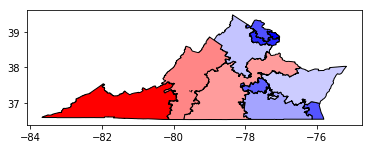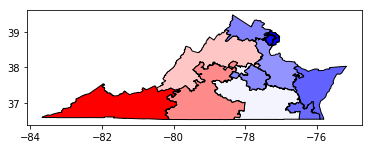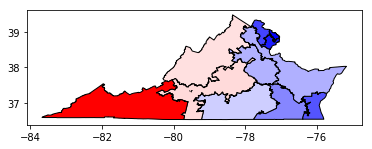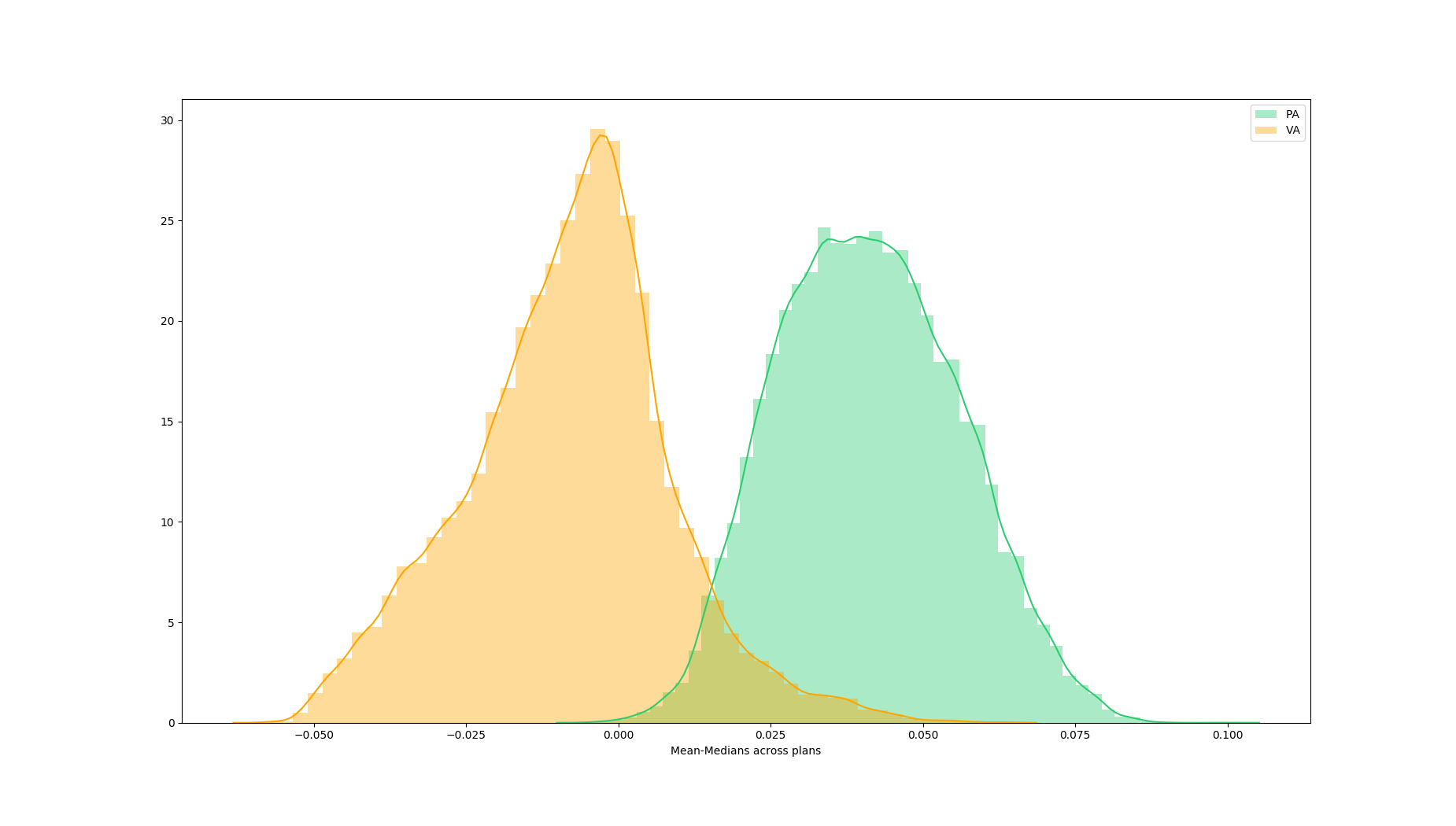
Gerrymandering is a practice intended to establish a political advantage for a particular party of group by manipulating district boundaries. Historically, different metrics of gerrymandering have been presented to courts to support rationales to claim illegal gerrymandering. There is not yet a universally agreed-upon metric for evaluating splitting of municipal units with districting plans. Commonly used metrics usually focus on either geographical compactness (number of cuts and splits) or partisan symmetry and vote efficiency (efficiency gap, mean-median, number of seats won by a certain Party).
However, there is intricate interplay between the legal constraints and the measurements of interes, and among the measurements themselves. Researchers have struggled to understand the trade-offs between these intertwined metrics.
We partner with researchers from the Metric Geometry and Gerrymandering Group (MGGG) at MIT CSAIL to design an interactive data visualization system to:



